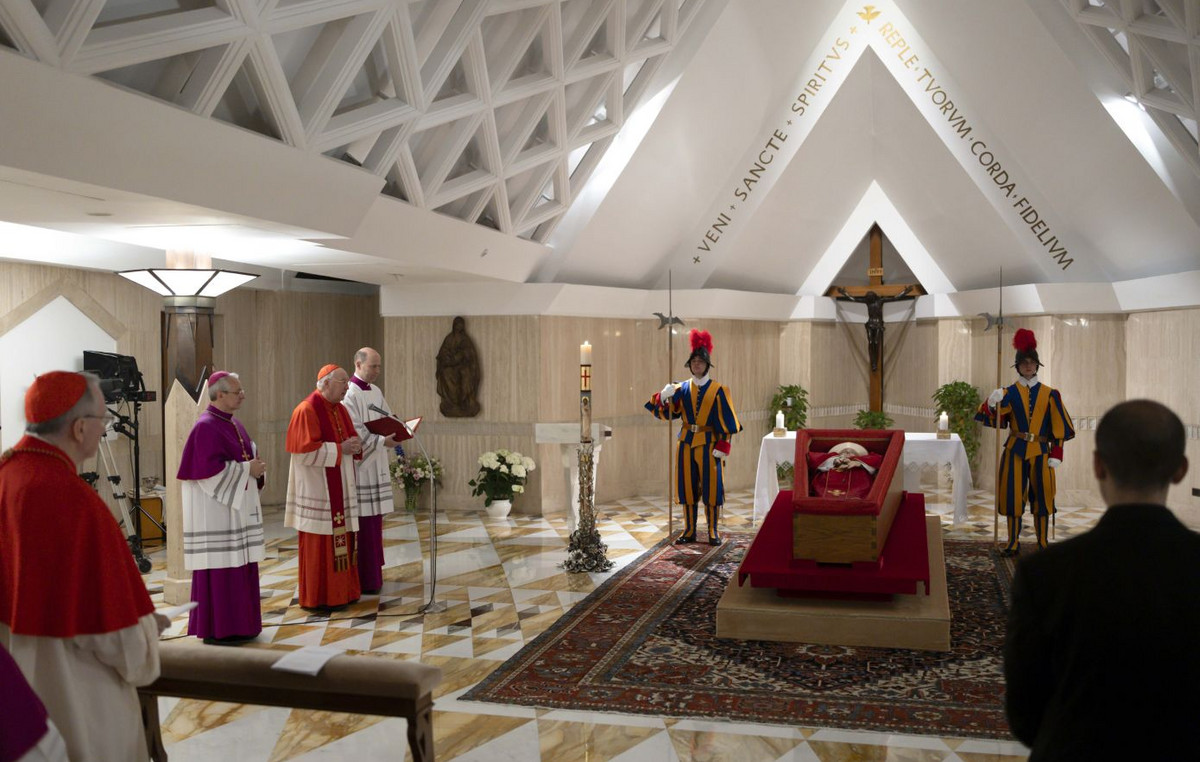The British Museum is facing fresh calls to return a huge moai statue to Easter Island, this time in a social media campaign sparked by Chilean activists.
Easter Island, known as Rapa Nui in the local language, is a Chilean territory in the Pacific Ocean famous for the “moai” statues that dot its landscape.
The island's then-residents carved the enormous Paleolithic structures in the shape of human heads to honor their ancestors, believing they represented incarnations of deceased relatives.
Social media influencer Mike Milfort, who has 7.5 million followers on TikTok, has made several posts about the British Museum's moai, an 8-foot-tall basalt figure known as Hoa Hakananai'a (“lost friend or stolen”), which was taken without permission in 1868.
The campaign generated a flood of comments on the British Museum's Instagram posts, many of which included the phrase “Bring back the moai”.
The museum even disabled comments on a post made in conjunction with the museum's youth outreach program.
“Comments were only disabled on one post on social media,” a museum spokesperson told CNN in a statement on Monday (20).
“We welcome the debate, but it must be balanced with the need for safeguarding considerations, especially when it comes to young people”, he added.

Chilean President Gabriel Boric also mentioned the campaign in an interview with local radio station Radio Chiloé. “The English should give us back the moai,” Boric highlighted last month, during a conversation about tourism in Chile.
According to the British Museum, around 887 moai were erected between 1100 and 1600 AD. The London moai is one of 14 made of basalt, having been donated to the museum by Queen Victoria, who received it as a gift. The figure is estimated to weigh around 4.6 tons.
Previous return requests
The social media campaign is the latest effort to bring the moai back to Easter Island, but it is not the first.
In November 2018, the then governor of the island asked the British Museum to return the statue, claiming that the English “have our soul”.
Tarita Alarcón Rapu appealed to the United Kingdom, expressing hope that a loan agreement could be reached.
Then, in June 2019, a delegation from the museum traveled to Easter Island to discuss the return of the famous artifacts.
A museum spokesperson told CNN that other initiatives involving representatives from Easter Island took place at the British Museum in 2022 and 2023.
“We have good and open relationships with colleagues in Rapa Nui. These events strengthened relationships with the community and laid the foundation for future collaborations”, they highlighted.
The British Museum, like other cultural institutions in the Western world, faces calls to return many artefacts to their place of origin.
In January, the British Museum and the Victoria and Albert Museum in London announced they would return silver and gold artefacts looted from Ghana in the 19th century, after signing a long-term loan agreement.
The items, relating to the Asante royal court, will be displayed at the Manhyia Palace Museum in Kumasi.
Source: CNN Brasil
Bruce Belcher is a seasoned author with over 5 years of experience in world news. He writes for online news websites and provides in-depth analysis on the world stock market. Bruce is known for his insightful perspectives and commitment to keeping the public informed.







